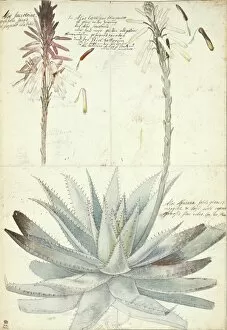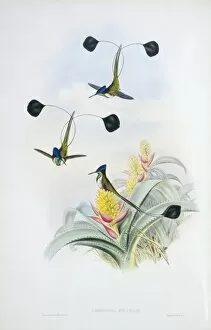Asparagaceae Collection (page 5)
Asparagaceae, also known as the Asparagus family, is a diverse group of plants that includes some stunning and unique species
All Professionally Made to Order for Quick Shipping
Asparagaceae, also known as the Asparagus family, is a diverse group of plants that includes some stunning and unique species. From the delicate bluebells swaying in the wind on Eype Down with Colmers Hill in the background to the mesmerizing sight of raindrops glistening on trumpet-shaped flowers of Hosta plants before they open, this family offers an array of natural wonders. In Cornwall, UK, you may come across a small pearl-bordered fritillary butterfly gracefully fluttering around Marsland mouth. Its vibrant colors beautifully contrast against its surroundings. Meanwhile, near Bahia de Los Angeles in Baja California, Mexico, coastal agave leaves stand tall and proud against a picturesque backdrop. The English bluebell is another member of this fascinating family that captivates our hearts. Found in Lower Woods in Gloucestershire or Valency Valley in Boscastle during April evenings when bathed in soft light, these flowers create an enchanting atmosphere. Nature's harmony continues as a small white butterfly finds solace resting delicately upon a bluebell petal amidst Boscastle's beauty. This peaceful scene reminds us of the interconnectedness between flora and fauna. Snake plant or mother-in-law's tongue showcases its striking foliage while lily-of-the-valley adds elegance to Siccaridge Wood in Gloucestershire. Common Solomon's seal graces Cooks Wood in Somerset with its graceful presence. Even during late summer on Sark Island within the British Channel Islands, autumn squill paints landscapes with bursts of purple hues—a true testament to nature's artistry. Finally, we return to Cornwall where ancient woodlands at Lanhydrock witness breathtaking displays of Hyacinthoides non-scripta—bluebells dancing together harmoniously under dappled sunlight. Asparagaceae encompasses all these marvels and more; it celebrates diversity while reminding us how intricately intertwined our world truly is.













